http://astrofotky.cz/~Konihlav
Copyright: Pavel Pech


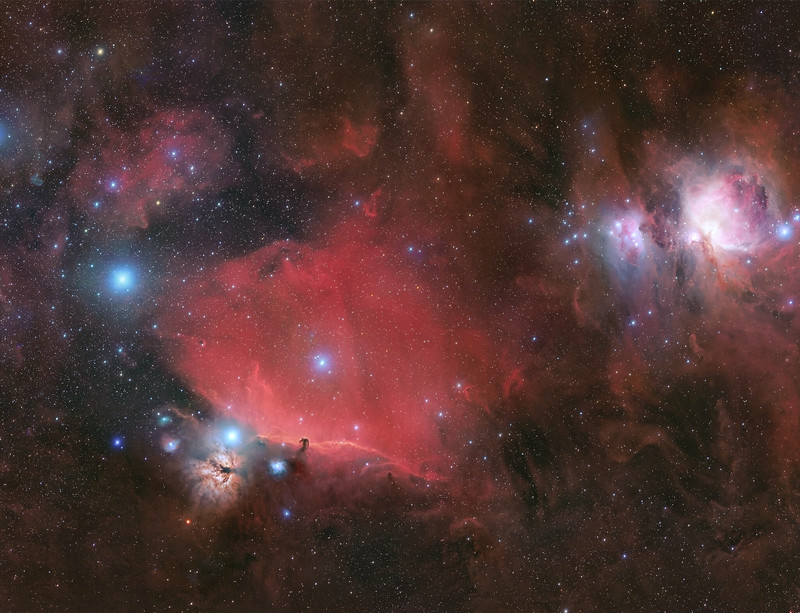
Nice!litobrit wrote: ↑Tue Mar 27, 2018 4:59 pm Hello,
A five hours LRGBHa.
ASA10, Moravian 16200 and Azeq6.
A crop and the field.
The full is here : https://www.astrobin.com/full/339182/B/?real=&mod=
Very beautiful! Great details and delightful colors!
Wow, this is very, very beautiful and detailed indeed! It is downright fascinating to study the individual galaxies here! Thanks for the splendid image!markh@tds.net wrote: ↑Tue Mar 27, 2018 4:08 pm NGC 4365 Galaxy Cluster
Copyright: Mark Hanson
Here is my latest image taken at "Stellar Winds Observatory" a/k/a Stan Watson Observatory at Dark Sky New Mexico. I believe this is on of the first color amateur images of this galaxy group.
NGC 4365APOD-3small.jpg
"NGC 4365 is an elliptical galaxy that anchors a small group of galaxies. A remarkable aspect of this giant elliptical galaxy that can't be discerned optically is its counter-rotating core, which rotates in the opposite direction to the rest of the galaxy. It has a distance of 75 million light years and measurements of its recessional velocity show it to lie about 20 million light years behind the Virgo Cluster.
Although difficult to see is a faint tidal tail that is the product of an interaction with the galaxy NGC 4342. It is likely to be composed of stars and globular clusters that have been tidally stripped from NGC 4342.
Another interesting galaxy is NGC 4370, which is located above and to the left of NGC 4365. Once considered rare, it is part of a class of galaxy known as dust lane ellipticals."
"Explanation by Sakib Rasool"
You can see the Labeled and High Rez image here: https://www.hansonastronomy.com/ngc-4365
Thanks for viewing.
Mark Hanson

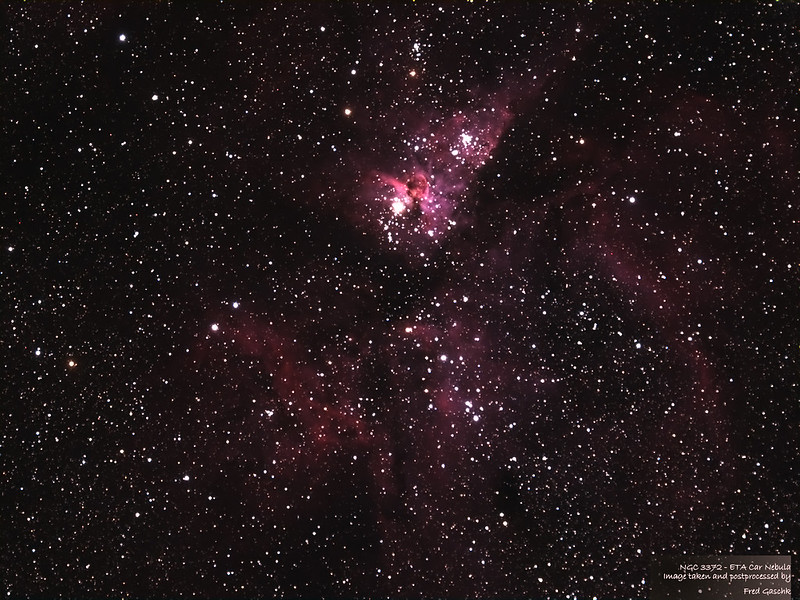 NGC3372 600 sec. exposure Stacked x5 09.03.18 fred gaschk by Fred Gaschk, auf Flickr
NGC3372 600 sec. exposure Stacked x5 09.03.18 fred gaschk by Fred Gaschk, auf Flickr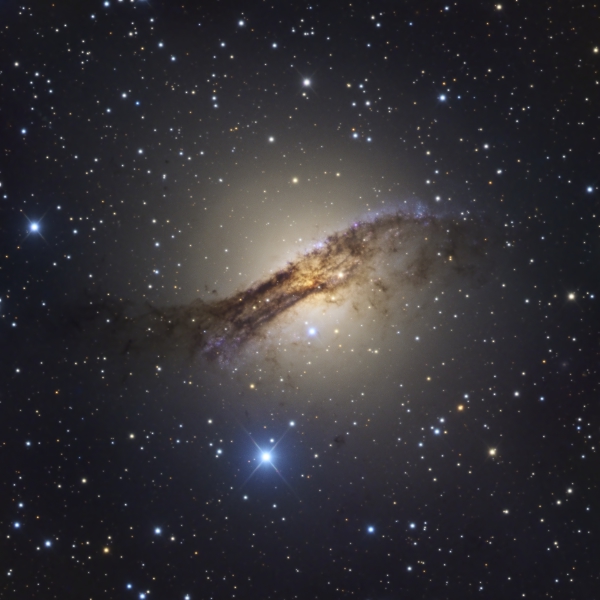
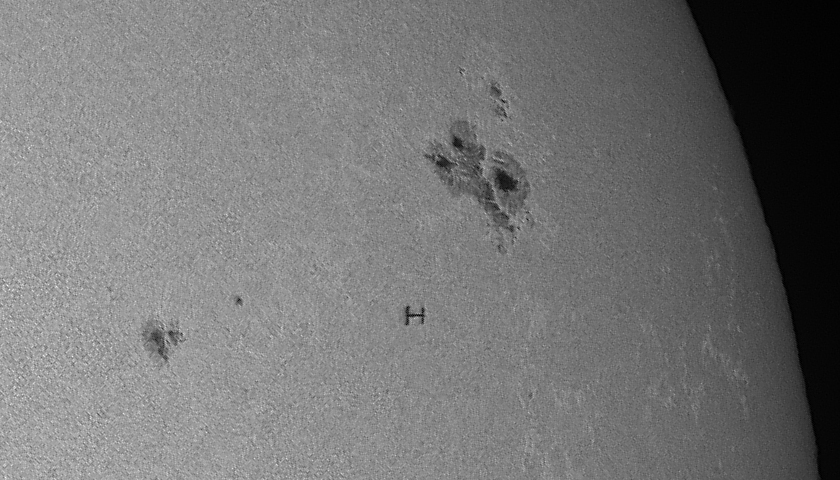
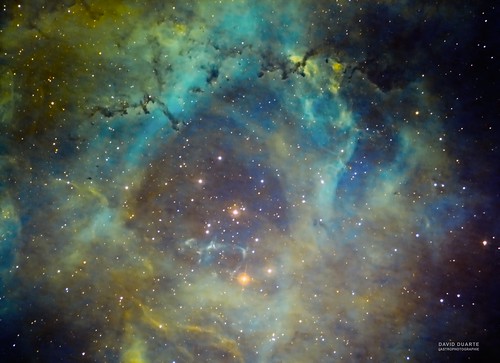 LA ROSETTE NGC 2237 en SHO by David Duarte, sur Flickr
LA ROSETTE NGC 2237 en SHO by David Duarte, sur Flickr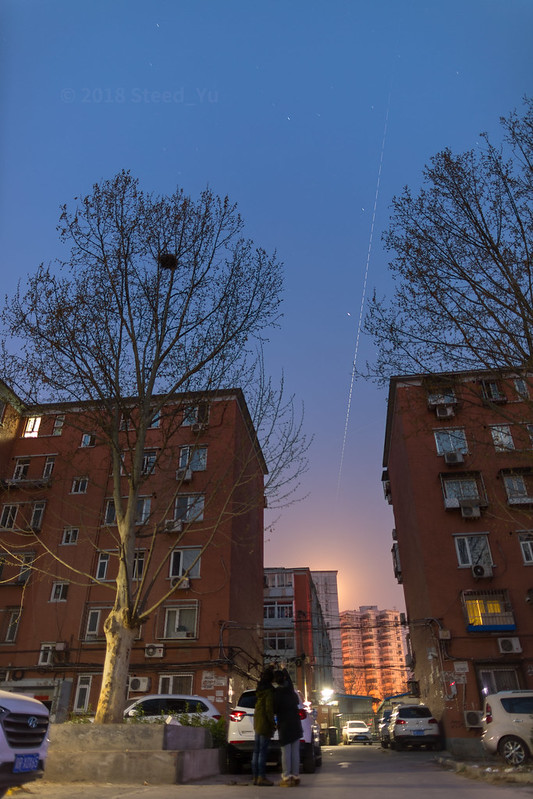 Farewell to Tiangong-1 by 虞 骏, on Flickr
Farewell to Tiangong-1 by 虞 骏, on Flickr